The content of the article
Chickpea is a legume that is common in Asia, Africa, Australia and America. Chickpea is often called Turkish peas, lamb or Volozhsky peas, in the East, chickpeas are called Nohut. Today, chickpeas are often used for cooking first and second courses; this is a great appetizer, a component of salad, and even dessert. From chickpeas, you can make a drink, an analogue of ancient coffee, the recipe of which we will tell you a little later. In the meantime, let's try to deal with the beneficial and harmful properties of this overseas pea.
Useful properties of chickpea
As soon as chickpea appeared on the shelves of Russian stores, it firmly took its rightful place, more and more replacing ordinary Russian peas. It is not surprising that chickpeas contain amino acids, minerals, fats, fiber and vitamins. And most importantly, in such peas a lot of protein, which is perfectly digested and easily replaces meat products.This means that chickens must be in the diet of vegetarians. In addition, chickpeas has many healing properties.
In chickpeas there is a substance methionine, which is included in the composition of many drugs to support the work of the liver. Chickpea prevents the buildup of fat in the liver.
Chickpea perfectly affects the state of blood vessels, reduces the level of cholesterol in the blood.
A large amount of calcium and phosphorus improves the condition of bone tissue. Regular consumption of chickpeas protects against osteoporosis, improves the condition of nails, teeth and hair.
In chickpeas a lot of potassium and magnesium, which are so useful for the work of the heart.
A large amount of vitamin C allows the use of peas as one of the best means to strengthen the immune system.
Chickpeas contain a large amount of fiber. Dietary fiber absorbs toxins and slags, like a brush to cleanse the intestines from stagnant fecal stones. Regular consumption of chickpeas is an excellent prevention of constipation.
Chickpea is very useful against allergies, and its external use and internal use are effective. If you want to remove an allergic reaction, you just need to eat a handful of chickpeas.And from ground flour of peas do ointments, effective against rash, depriving and burns.
Chickpeas are very good for eye health. If you have chickens at least 2-3 times a week, you will be able to preserve the sharpness of your vision until your old age, protect yourself from the development of glaucoma and cataracts. Grain flour contributes to the normalization of eye pressure.
Peas are very useful for women's health, especially during pregnancy. Be sure to add chickpeas to your diet when carrying a child - this will help maintain hemoglobin at the proper level.
A large amount of manganese reduces the permeability of nerve fibers, makes a person more balanced and stress-resistant.
Chickpea is a healthy, low-calorie protein snack. Dried peas are also very tasty - it pleasantly crunches on the teeth, is able to quickly and for a long time satisfy hunger. If you want to lose weight, be sure to include chickpeas in your diet.
Some are afraid to use chickpeas, because they are beans, which often cause gas and flatulence. However, chickpeas are quite soft and delicate in this regard. Chickpeas will not cause you a strong boiling up in the intestines and bloating like beans or mung bean.In order to completely suppress the formation of gases, chickpeas must be prepared with seasonings that have a carminative effect. These are cumin, dill seeds, coriander, rosemary, turmeric, etc. But do not think that chickpeas are a harmless and simple product. Like many beans, chickpea has a number of contraindications.
Who should not eat chickpeas
If you have a weak intestine prone to flatulence, the use of chickpeas should still be abandoned. Peas are gradually introduced into the diet of older people, because their intestinal muscles weaken with age. Also, chickpeas should not be consumed by lactating women if the baby is under four months old. In this case, chickpeas can increase the flow of infantile colic, the child will suffer from a storm in the stomach. Chickpeas can be quite aggressive towards the urinary system. If you have a bladder, use of this product should be limited. Acute kidney diseases, gout, thrombophlebitis, gastritis - all this is a contraindication for eating chickpeas for food, because the product is considered quite heavy, it increases the production of urea.In addition, there is such a thing as "individual intolerance." If you have never eaten chickpeas before, start trying the product in small portions.
How to eat chickpeas
Chickpea in cooking is used quite widely, peas are eaten in various forms. Here are some popular ways of cooking and eating.
- Coffee. A few centuries ago, delicious and aromatic coffee was prepared from chickpeas. The peas were dried in a frying pan, and then ground, the powder was brewed like coffee. The drink had a characteristic nutty smell and taste, which gave it a special uniqueness.
- Boiled chickpeas. Before cooking, peas should be soaked for 8-12 hours. If you need to make chickpeas faster, you can add a spoonful of baking soda to the water. This not only speeds up the cooking process, but also activates the breakdown of carbohydrates, which will eliminate the increased gas formation in the intestine. Boiled chickpea is added as an ingredient in salads; in the East, not a single holiday and wedding pilaf can do without chickpeas.
- Germinated chickpeas. Chickpea sprouts are pure protein, very useful and easily digestible. To germinate chickpea, the beans should be washed and held in water for about 10 hours.Then the beans need to be washed again, dipped in a container with a small amount of water at the bottom, previously wrapped in wet gauze. After that, you need to wash the peas every 6-8 hours, so that it does not turn sour. As soon as the first sprouts hatch, you need to slightly open the gauze and put the dishes in the fridge. Make sure that the chickens do not turn sour and dry, periodically rinse it gently. When the sprouts reach 4-5 cm, they can be eaten alone or together with the beans. Mix the germinated chickpeas with green onions and cucumbers, season with lemon juice and oil. It will turn out very tasty and nutritious salad.
- Ground flour. The peculiarity of this product is that the flour does not contain gluten. It is very important for people with celiac disease - intolerance to gluten products. It is not difficult to make flour - the beans are dried and ground. From this product it turns out very tasty and lush bread, chickpea flour is added to sauces and soups to thicken the dish, pancakes, pancakes and many other delicacies are made from it.
- Salted chickpeas. The modern vision of chickpea allowed the use of beans as a delicious snack for beer. Chickpeas are soaked in highly salted water, and then dried and fried in a pan or placed in the oven.The output is tasty, crunchy, salty balls that are great for beer. And if you soak chickpeas in sweet water, you get delicious dessert balls that can decorate cakes.
- Hummus It can be said that hummus is one of the most common and well-known chickpea dishes. Cooking hummus is not difficult. To do this, the beans are pre-soaked in hot water for a day so that they become absolutely soft. Next, the peas should be crushed with a mortar or grind in a blender. Various spices and spices are added to the resulting mass. Usually it is olive oil, garlic, lemon juice, sesame paste, paprika. Each family prepares hummus in its own way, taking into account their tastes and preferences. Cooked pasta is eaten with bread, chips, pita, pita, etc.
Chickpeas - the perfect product that goes well with meat, fish, poultry, vegetables. Chickpeas are made into cereals, soups, pastries, burgers, snacks, desserts, salads - you can list them endlessly! Take advantage and you amazing recipes to pamper yourself and your loved ones not only delicious, but also incredibly useful dish.
In some countries, chickpeas are an integral part of the daily diet, for example, India or Italy. It is a rich source of dietary fiber and protein.Buy chickpeas, include it in the diet at least once a week and very soon you will be surprised to notice that the family has become much less sick!
Video: the benefits and harm of chickpeas

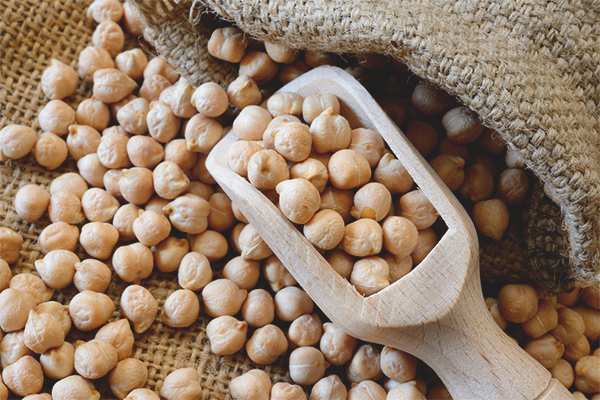
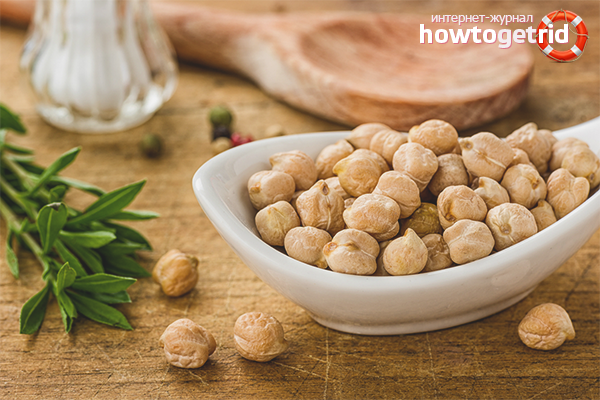

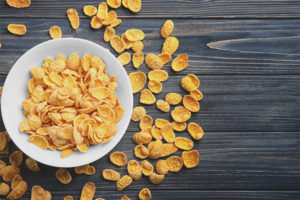

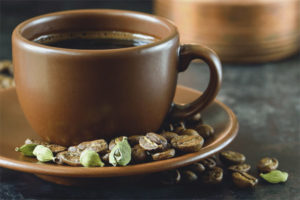
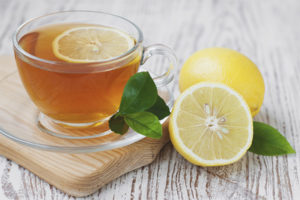
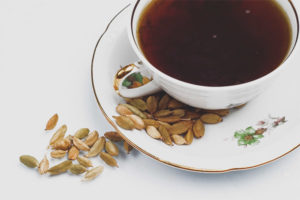
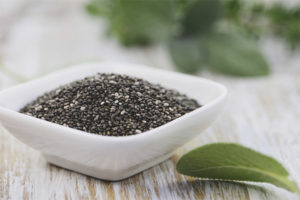
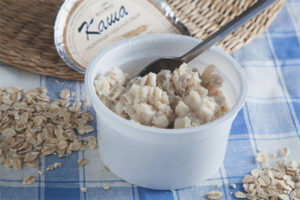
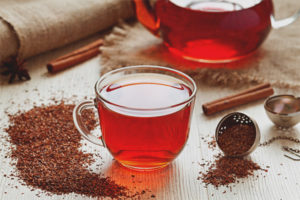
To send